Mud Pump 3-Web Valve & Seat High temperature
Donec sagittis sagittis vestibulum. Morbi vestibulum neque sed diam tempus accumsan.
Sed porta quam sed magna cursus, sed sodales libero efficitur. Nam varius consectetur elementum. Duis iaculis laoreet elit id volutpat. Sed et porta arcu, ac pulvinar turpis. Maecenas nec elit semper, ornare ligula vita. Quisque quis nisi in ipsum luctus tincidunt.
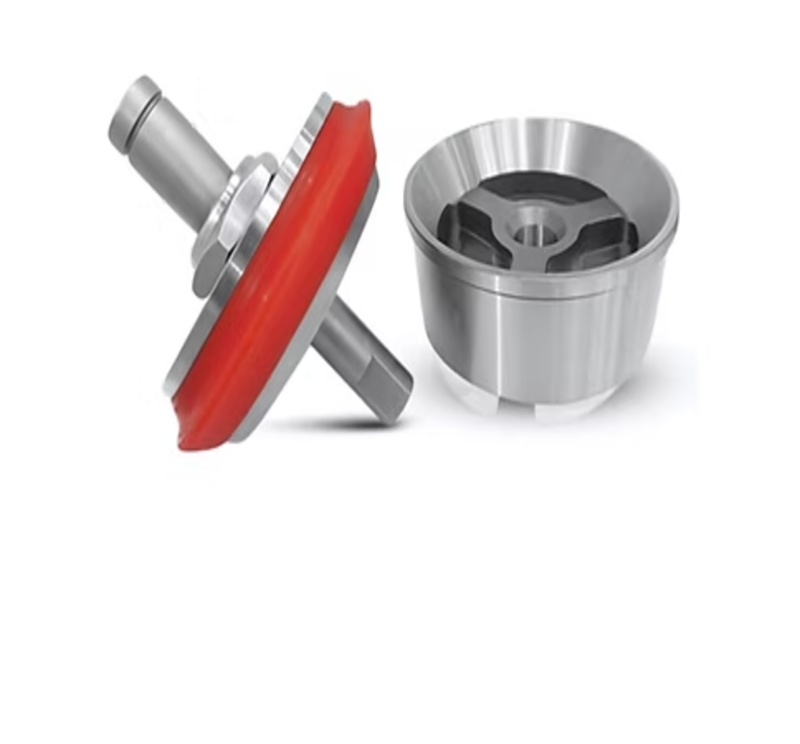
Suitable Subtitle
- Extreme Temperature Resilience
- Triple-Web Guided Stability
- Snap-In Insert System
- Corrosion-Oxidation Armor
Suitable Subtitle
- Preassure rate: 7500 psi (seat)
- Temperature rate: 350°F
- Bore Hardness: Water and synthetic- based
- API sizes: 6-1/4 to 7-1/2
Feature
1. Design & Structure
- Type: Double Angle Valve (3-Web Center-Guided System) .
- Construction: Solid-body, single-piece design for rigidity under high pressure.
- Key Feature: Replaceable snap-in insert (standard and high-temperature versions available).
2. Materials
- Valve Body: Forged steel with oxide coating to resist corrosion during storage .
- Critical Components:
- High-grade 20CrMnTi alloy steel (for abrasion resistance) .
- Bonded urethane construction (for hostile drilling environments) .
3. Performance Features
- High-Temperature Tolerance: Engineered for extreme heat in deep drilling operations.
- Pressure Resilience: Withstands 5,000–7,500 psi (34.5–51.7 MPa) .
- Solids Handling: Resists abrasion from high-solid-content drilling muds.
- Seat Compatibility: Standard API seat design for reliable sealing .
4. Technical Parameters
Parameter Specification Valve Type 3-Web Center-Guided (Double Angle) Max Temperature Compatible with high-temp drilling fluids Pressure Range 5,000–7,500 psi (34.5–51.7 MPa) Material Composition 20CrMnTi alloy steel + bonded urethane inserts Corrosion Protection Oxide-coated body Seat Standard API-compliant Replaceable Parts Snap-in inserts (field-replaceable) Key Advantages
- Superior Durability: Bonded urethane inserts resist wear in high-solids, high-abrasion environments .
- Thermal Stability: Maintains integrity in sustained high-temperature operations.
- API Compliance: Ensures interoperability with industry-standard mud pump systems.
- Low Maintenance: Snap-in inserts enable quick replacement, reducing downtime.
Mud Pump 3-Web Valve & Seat High-Temperature Models
| Model | Type | Material | Key Features | Temperature Range |
|---|---|---|---|---|
| F-1600 | Double Angle Valve | Bonded Urethane | 3-Web center guided system; Replaceable snap-in insert; Oxide-coated for corrosion resistance; Standard API seat compatibility | High Temperature |
Key Specifications from :
- Design:
- 3-Web center-guided system for stability in high-pressure drilling (5,000-7,500 psi / 34.5-51.7 MPa).
- Snap-in insert replaceable for maintenance efficiency.
- Durability:
- Oxide-coated valve body to prevent corrosion during storage.
- Engineered for hostile drilling environments (high solids, abrasion).
- Performance:
- Optimized for high-temperature drilling operations.
- Compatible with standard API seats for interoperability.
Mud Pump 3-Web Valve & Seat High Temperature: Five Frequently Asked Questions
1. What is a Mud Pump 3-Web Valve & Seat for High-Temperature Applications?
A Mud Pump 3-Web Valve & Seat is a specialized component designed for high-temperature mud pumping systems, typically used in drilling, mining, or industrial processes involving abrasive fluids. Its 3-web structural design enhances stability under extreme heat and pressure, while the seat ensures tight sealing to prevent leaks. This configuration is optimized to withstand elevated temperatures (often exceeding 200°C) compared to standard valves, making it suitable for harsh operating environments like geothermal drilling or high-pressure well operations
2. What materials are used in high-temperature 3-Web Valves & Seats?
High-temperature 3-Web Valves & Seats prioritize heat-resistant materials to maintain performance under thermal stress:
- Valve Body & Web Structure: Chromium-molybdenum steel (Cr-Mo steel) is commonly used for temperatures above 538°C, ensuring mechanical strength and resistance to creep deformation1.
- Seat & Sealing Elements: Elastomers are replaced with metal-to-metal seals or high-temperature composites (e.g., graphite-reinforced materials) to avoid degradation. Standard PTFE is excluded due to its 200°C limit; instead, flexible graphite (withstands up to 600°C) is preferred for sealing components1.
- Coatings: Optional oxide coatings or ceramic overlays may be applied to critical surfaces to enhance wear and corrosion resistance under high heat.
3. What temperature and pressure ratings do these valves support?
- Temperature Range: Typically rated for 200°C to 600°C, with specialized designs (using Cr-Mo steel or nickel alloys) capable of exceeding 600°C for short-term operations1.
- Pressure Rating: Designed for high-pressure mud pumping systems, with standard ratings from API 16A (PSL 3/4) (up to 15,000 psi) to custom configurations for ultra-high-pressure (UHP) applications. Pressure handling is validated through thermal-mechanical testing to account for temperature-induced material weakening
4. How does the 3-web design improve performance in high temperatures?
The 3-web (triangular) design offers two key advantages for high-temperature use:
- Structural Stability: The three radial webs distribute thermal stress evenly across the valve body, reducing warping or cracking compared to single-web or flapper designs. This minimizes leakage risks in cyclic temperature conditions.
- Reduced Weight Load: By balancing internal pressure forces, the 3-web structure lowers mechanical strain on the valve seat and stem, preventing premature failure—critical for maintaining seal integrity when materials soften at high temperatures
5. What maintenance practices are recommended for high-temperature 3-Web Valves?
- Lubrication: Use high-temperature grease (e.g., molybdenum disulfide-based) to prevent stem seizure; avoid petroleum-based lubricants that degrade above 200°C.
- Inspection Intervals:
- Seat Wear: Look for pitting or erosion on metal seals, which can accelerate leakage under thermal cycling.
- Web Integrity: Non-destructive testing (NDT) like ultrasonic checks to detect internal cracks in Cr-Mo steel components1.
- Replacement Guidelines: Seats and valve inserts should be replaced after 500–1,000 operating hours (depending on temperature exposure) to maintain performance, even if no visible damage is present.
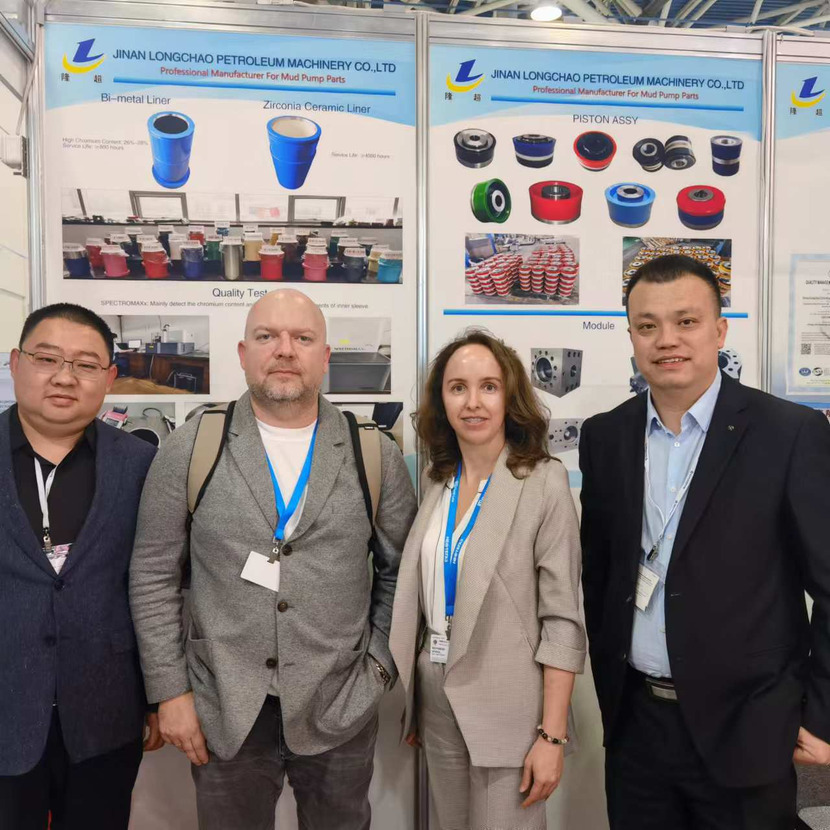
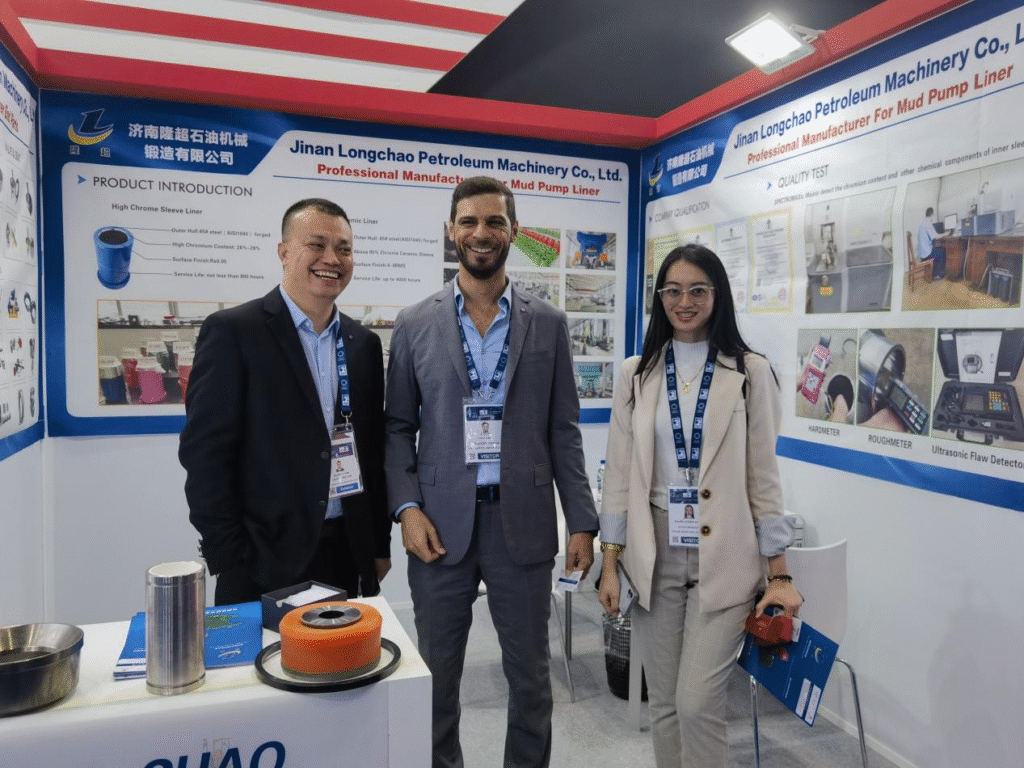
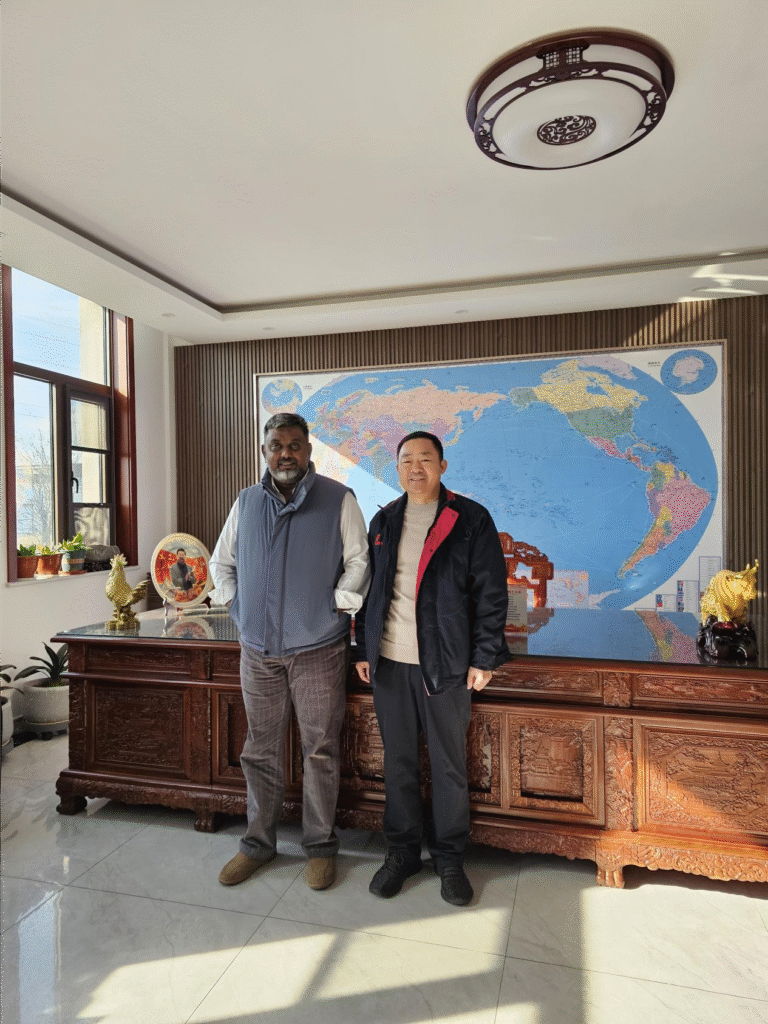
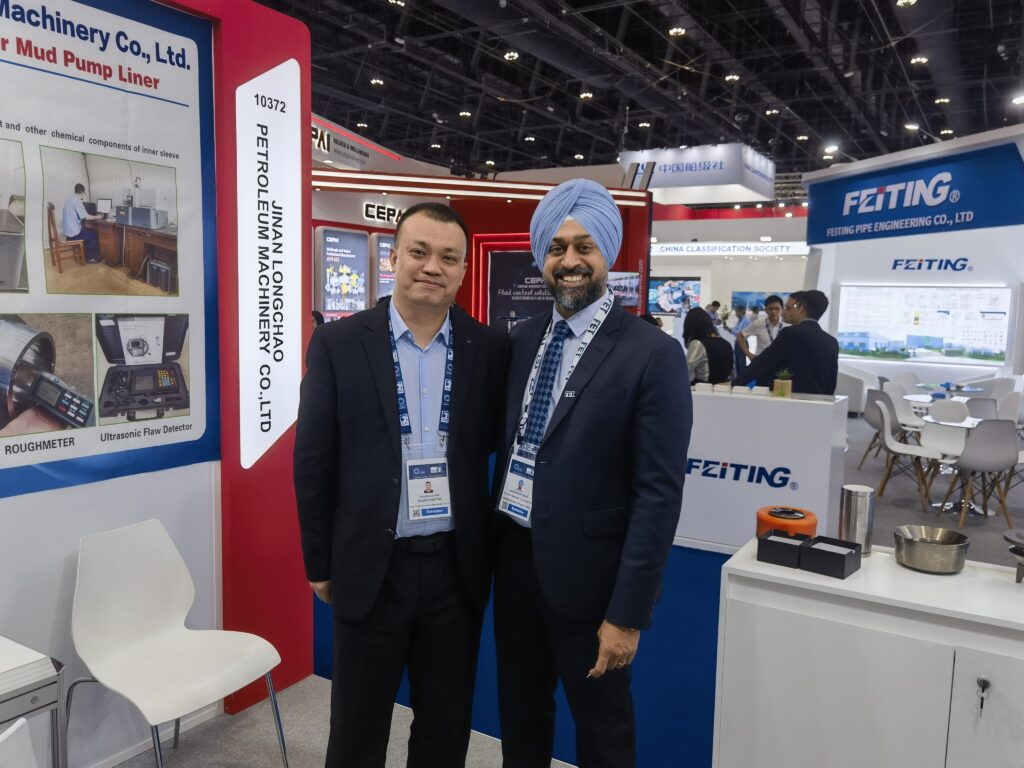
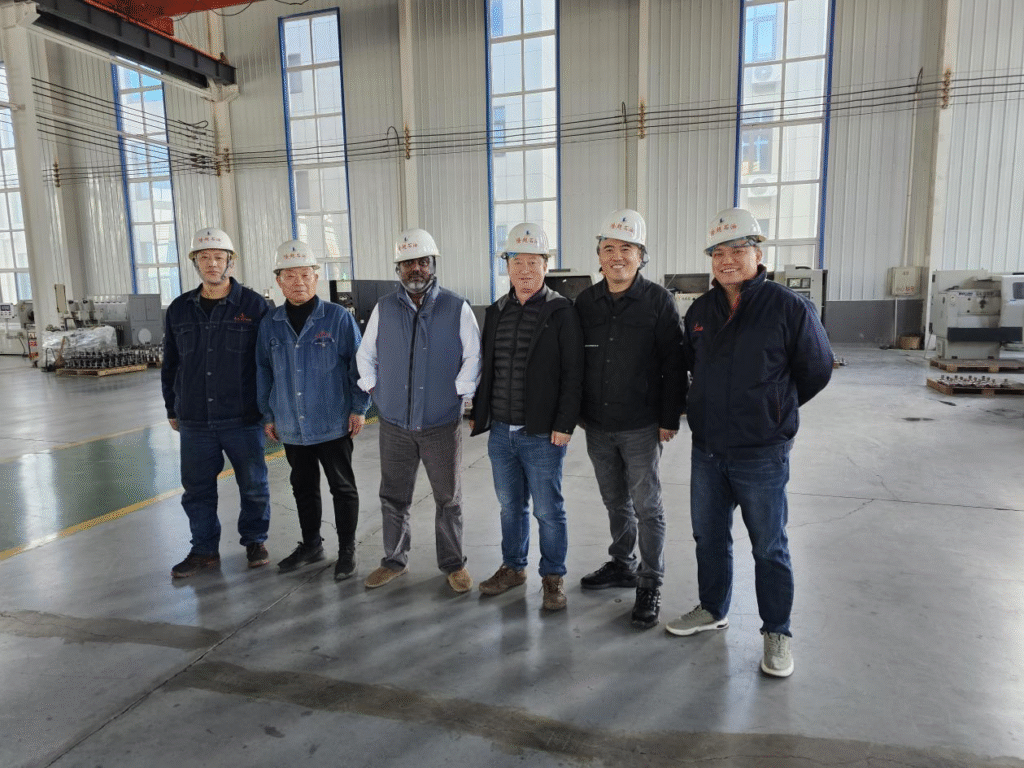
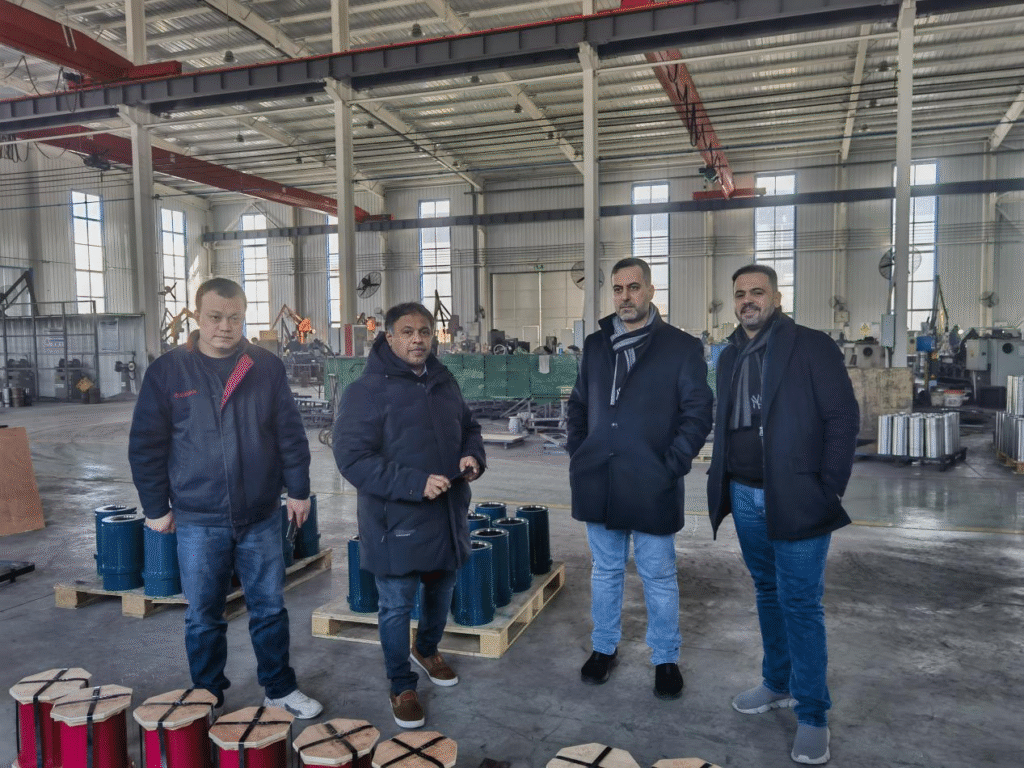
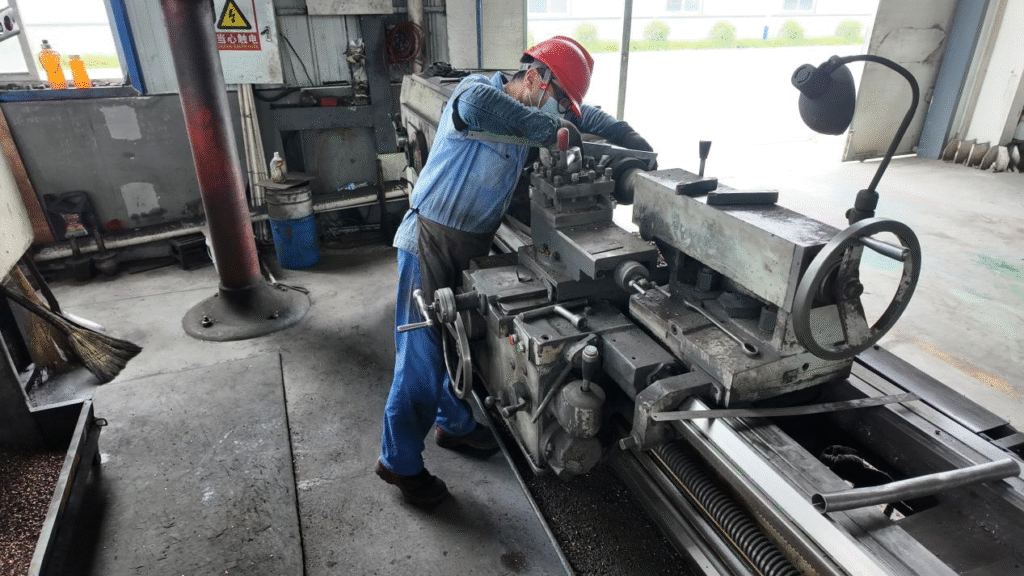
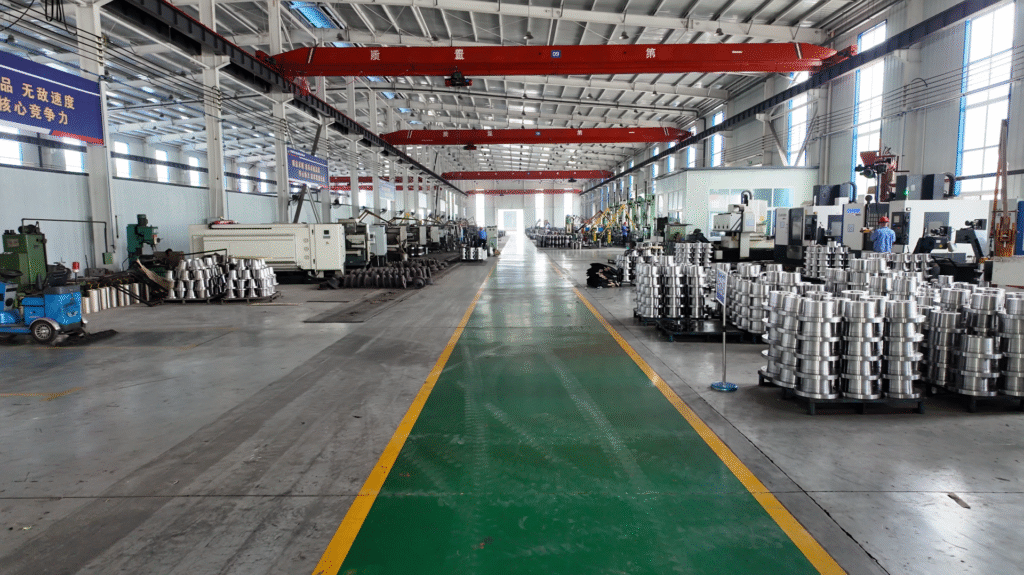
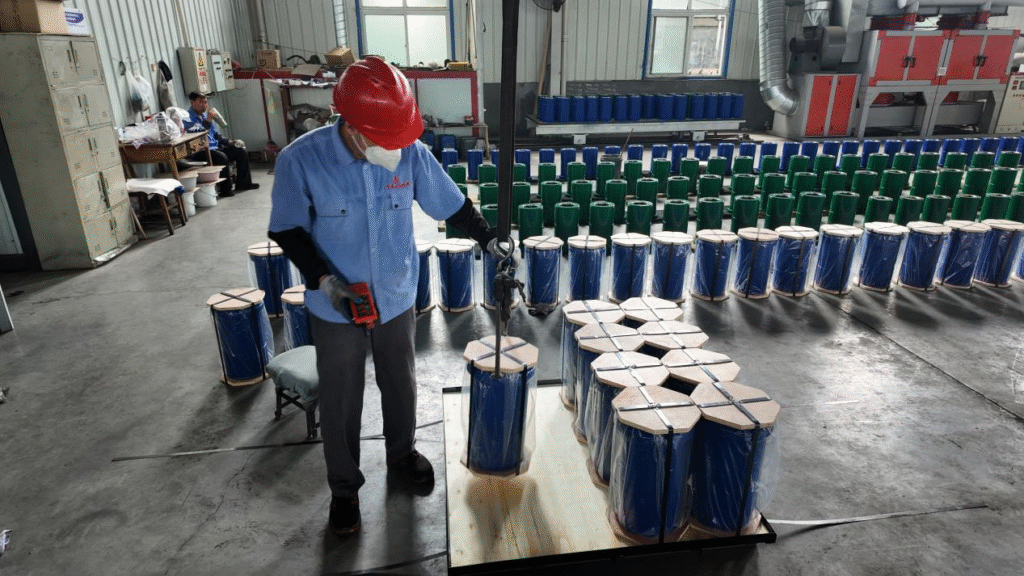
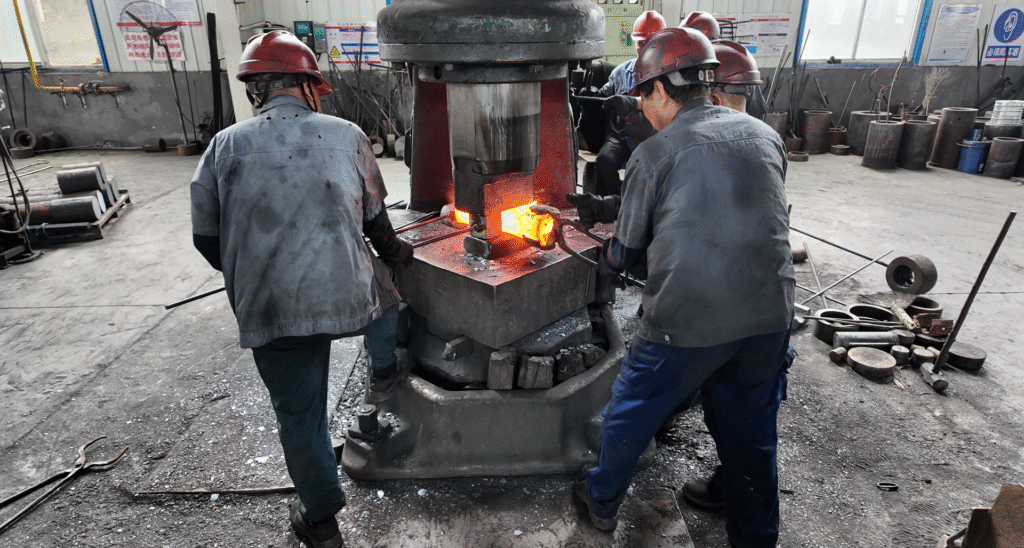

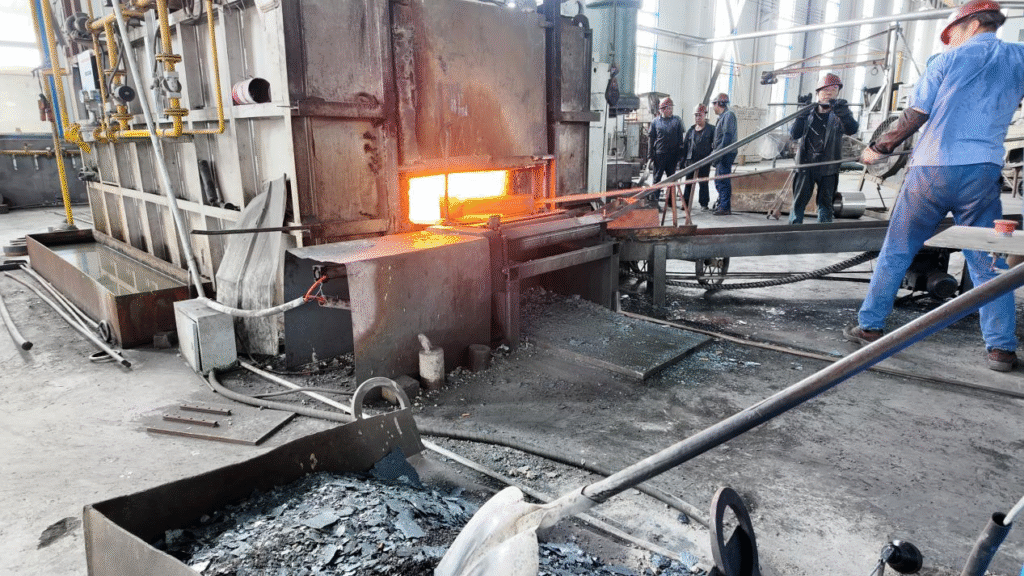
We are here to answer your questions and support your needs.
